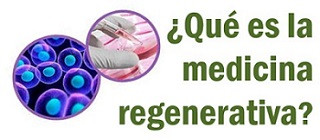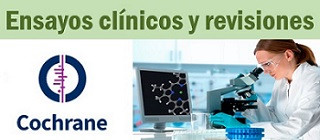Advances in understanding the cell types and approaches used for generating induced pluripotent stem cells . J . Hematol & Oncol. 2014
Advances in understanding the tissue origin and generation of induced pluripotent
stem cells
Journal of Hematology & Oncology 2014, 7:50 doi:10.1186/s13045-014-0050-z
Jun Li (jlee200201@hotmail.com)
Song Wei (SDSLYYSW@163.com)
Guangjin Pan (pan_guangjin@gibh.ac.cn)
Jun Zhou (zhoujun1202@126.com)
Abstract
Successfully reprogramming somatic cells to a pluripotent state generates induced pluripotent
stem (iPS) cells (or iPSCs), which have extensive self-renewal capacity like embryonic stem
cells (ESCs). iPSCs can also generate daughter cells that can further undergo differentiation
into various lineages or terminally differentiate to reach their final functional state. The
discovery of how to produce iPSCs opened a new field of stem cell research with both
intellectual and therapeutic benefits. The huge potential implications of disease-specific or
patient-specific iPSCs have impelled scientists to solve problems hindering their applications
in clinical medicine, especially the issues of convenience and safety. To determine the range
of tissue types amenable to reprogramming as well as their particular characteristics, cells
from three embryonic germ layers have been assessed, and the advantages that some tissue
origins have over fibroblast origins concerning efficiency and accessibility have been
elucidated. To provide safe iPSCs in an efficient and convenient way, the delivery systems
and combinations of inducing factors as well as the chemicals used to generate iPSCs have
also been significantly improved in addition to the efforts on finding better donor cells.
Currently, iPSCs can be generated without c-Myc and Klf4 oncogenes, and non-viral delivery
integration-free chemically mediated reprogramming methods have been successfully
employed with relatively satisfactory efficiency. This paper will review recent advances in
iPS technology by highlighting tissue origin and generation of iPSCs. The obstacles that need
to be overcome for clinical applications of iPSCs are also discussed



